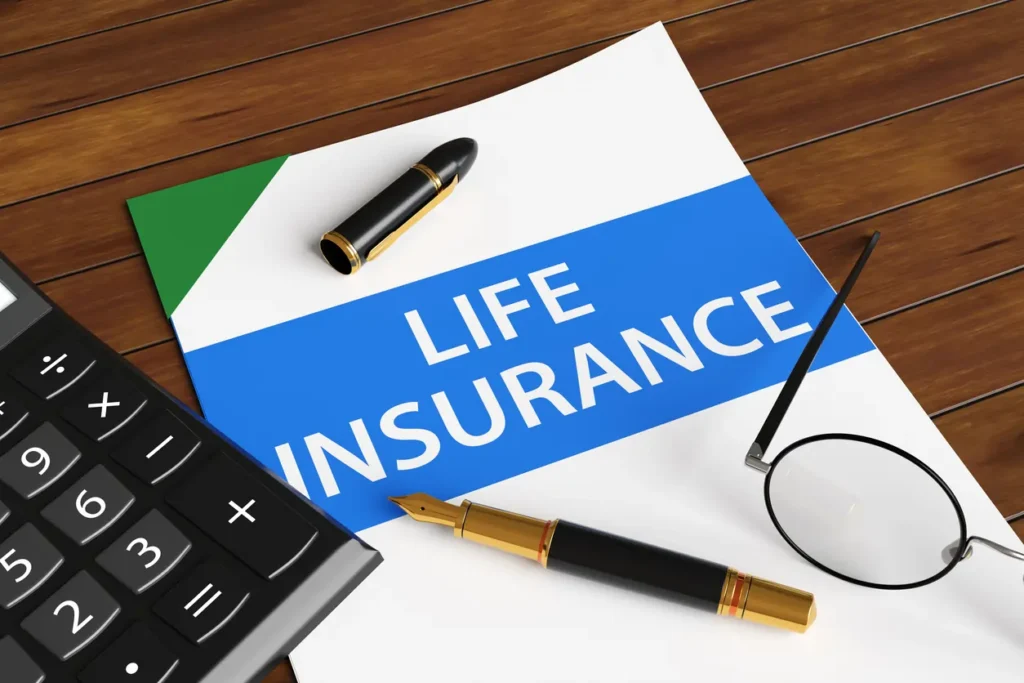
Story at-a-glance
- Term life is low-cost, temporary coverage—ideal for short-term needs like income replacement or mortgage protection.
- Whole life offers lifelong protection with tax-deferred savings and potential dividends that can reduce long-term costs.
- Term works well when budgets are tight or coverage is only needed for a set period.
- Whole life is better for long-term goals like legacy planning, business protection, or lifelong family support.
- Many physicians choose both—term for now, whole life for the future.
The decision to buy life insurance is one of the most important that we can make in our financial lives. It requires careful consideration of our needs, concerns and priorities. When the decision is finally made it brings a sense of relief and comfort to most, until they begin the agonizing process of deciding which kind of life insurance to buy. The choices are many, and the process can be daunting, however, it is made easier when you have at least a basic understanding of the difference between term life and whole life.
At their core, term and whole life are two very different ways to insure your life, with one being temporary coverage and the other being a more permanent form of life insurance. Term is, essentially, a death benefit for which you pay a premium to cover the cost of insurance. The term period can be anywhere from one year to 30 years, after which the coverage ends. A whole life policy is a combination of the death benefit and a savings component, so the premium consists of both insurance costs and savings. The savings can be used for any purpose, such as retirement, or they can be applied to the premium. As long as the premium is paid each year, a whole life policy is never terminated.
Term Life Essentials
Term life insurance is an inexpensive way to buy life insurance because you are simply paying for the cost of the death benefit. The premium rates are determined by mortality tables which reflect the fact that the cost of insurance goes up as you get older. Depending on the type of term policy, your premium could increase each year, or, it can be leveled over the course of the term period.
Level Term:
This form of term provides a level death benefit and the premiums are leveled out for the term period. While, the premiums start out higher than a YRT policy, the remain fixed so that, at the end of period of time, they can be lower than a YRT policy held for the same length of time. This policy is best for older people who want to budget for the life insurance expenditures.
Whole Life Essentials
The death benefit of a whole life policy is also level and so are the premiums. The difference is that the premiums are calculated based on a projected amount of savings to be accumulated over a period of time. As your savings grow, the amount for which the life insurer is at risk decreases, so your insurance costs may actually decrease over time which is how it is able to level your premium.
While your initial premium can be much higher with a whole life policy, your net cost of insurance over a long period of time is usually lower than a term policy. And, because many whole life policies also pay a dividend, which is a form of profit-sharing with the policyholders, the dividends can be used to reduce, and, ultimately pay for your premium which lowers your net cost of ownership even further. Also, your savings, also known as cash value, accumulates tax deferred and can be used to supplement retirement expenses.
Whole life can be more cost effective for people who recognize that their need for life insurance is more than just temporary and will likely continue in their later years.
Which is Right for You?
Whether you select a term or a whole life policy will come down to several factors, including the purpose of the coverage, how long the coverage is needed, the age of the insured, as well as budget and health considerations. Because these factors tend to change over time, it’s not unusual for people to make several life insurance purchase decisions throughout their lifetimes. And, it is also not unusual for people to own some combination of both term and whole life.
When Term is the Right Choice
- You have a need for a large death benefit.
- Your need for life insurance is for a specific period of time (i.e., until your children are fully grown)
- You have limited current cash flow.
- You are older and have budget constraints.
When Whole Life is the Right Choice
You expect to have a need for life insurance well into the future (i.e., providing for the long-term financial security of a non-working spouse or a special needs child, business protection, estate protection)
- You want to own life insurance for the long term on a more cost-effective basis, and your current cash flow can support it.
- You are concerned about protecting your insurability for future life insurance needs.
When choosing from among term or whole life, all factors need to be carefully considered. While the idea of a low initial premium may seem appealing, the cost of insurance can go up dramatically if, later in life, you find that you still have a need for life insurance. If, after your term life policy expires, you need to buy additional insurance, you run the very real risk of not being able to qualify if your health becomes an issue. At a minimum your premium costs could be much higher if your policy is rated for medical reasons.
Ready to protect your future?
Get a personalized side-by-side policy comparison of the leading disability insurance companies from an independent insurance broker.




